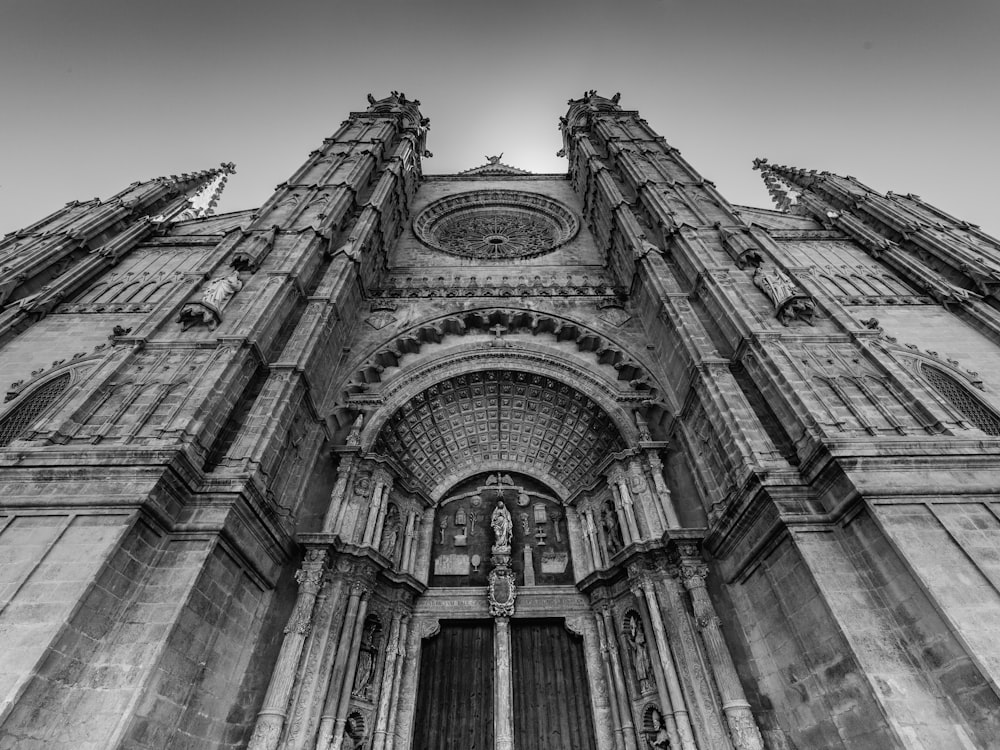We are delighted to share with you our library of resources. You can use the filter feature below to find topics most relevant to your curriculum.
Want to organise the resources you use most in one place? Register as a user to add content to your own Boards.
Medieval Churches
How did churches evolve in the middle ages?

The priest offered mass (communion) for the people at the altar, taking the bread and wine to remember Jesus' death on the cross. The ordinary people only took the bread and wine once a year at Easter, having first confessed their sins to the priest.
There were no hymns to sing, not usually a sermon to listen to, and not even anywhere to sit. Instead, the people came to church each Sunday and stood to watch the priest - and to talk to their friends! Only rich people could read, so there were lots of paintings - known as murals - on the walls, telling many of the key Bible stories through art. So that the community could use the building for other things the church was mostly empty of special furniture, much like a modern community centre or village hall.
In the late Middle Ages - from 1400 onwards - a separate church house was built in every parish to be used as a community centre. The church building was now used only for worship and special furniture could be added. Later, the Bible readings and sermons became more important, so a pulpit was built from which to preach, with a lectern made to hold the Bible.
Now there were pews to sit on. A screen or sheet divided the people's part of the church - the nave - from the part used by the priest - the chancel. This screen often had a rood on its top - a big carving of Jesus on the cross with his mother Mary, and St. John on either side. Many churches were also given bells to call the people to worship. Brightly painted statues and carvings, stained glass windows, murals on the walls and the priests' richly embroidered robes all filled the church building with a riot of vivid colour.
